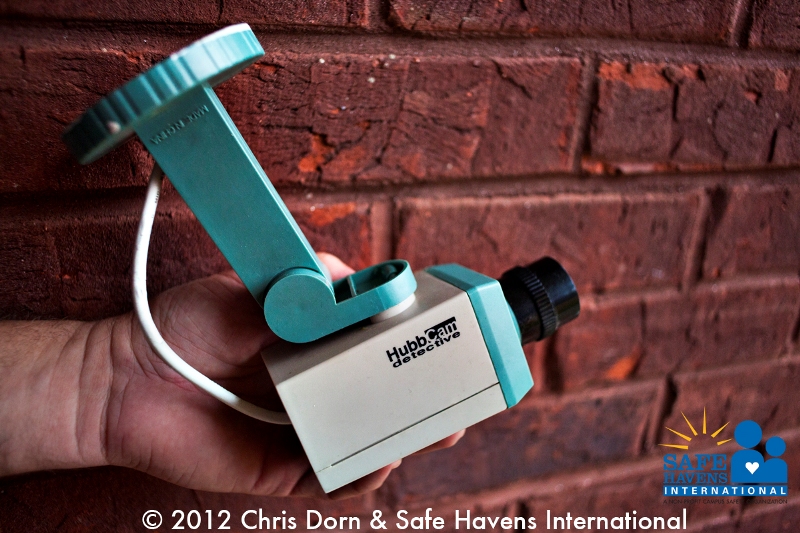Over the past few years, our analysts have conducted more than 1,700 one-on-one crisis simulations with more than 500 school employees from 14 school districts across the nation. Using school crisis scenario videos as well as scripted scenarios and scoring sheets in structured interviews, the results have been most revealing and help to explain what we have been seeing in forensic analysis for school crisis incidents we see when serving in the capacity of an expert witness, particularly for school shooting cases.
One of the things that we are seeing regularly is a high rate of plan failure when it comes to fast recognition of the need to implement a lockdown and effective communication of that decision. We have noted a number of gaps between the concepts used for lockdowns and the actual effectiveness of those concepts.
One concept that fails badly when tested in this manner is the approach where the type of lockdown utilized is based on whether the threat is inside or outside of the school. In one assessment of a large urban district that had revamped its plans under a Readiness and Emergency Management for Schools grant (REMS), a fail rate of more than 70% was noted when this approach was utilized.
We will be expounding on these findings in a white paper on school lockdowns that will be released later this Summer, but to explain it briefly, we have found that school employees have an extremely difficult time fitting the appropriate response to situations when they have been taught to do so based on the location of the incident rather than by the nature of the threat. For example when posed with scenarios depicting violators with different types of weapons in various locations in and outside of schools, staff are usually unable to determine the need for a lockdown in the first thirty seconds even though the scenario clearly calls for one.
As with other gaps in concept that we have identified, we have also noted that the more school officials focus on active shooter response, the worse the score for their employees for any type of scenario they are hit with that does not involve someone firing a gun. Though the inside/outside approach to school lockdowns is popular with some school and public safety officials we feel that it is not a reliable approach and could result in needless injury and death of students and staff.

